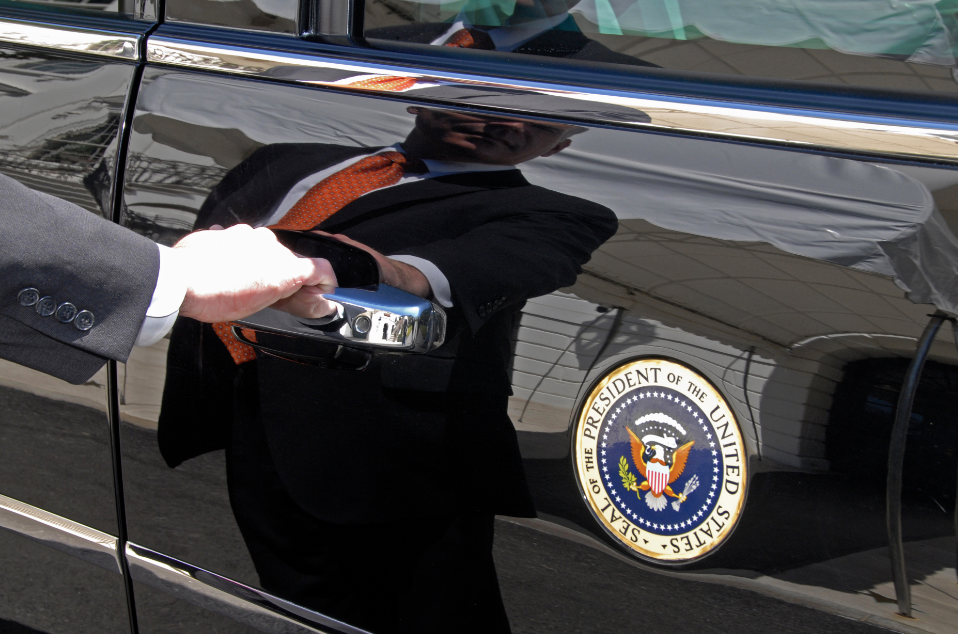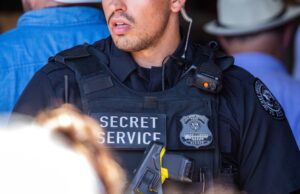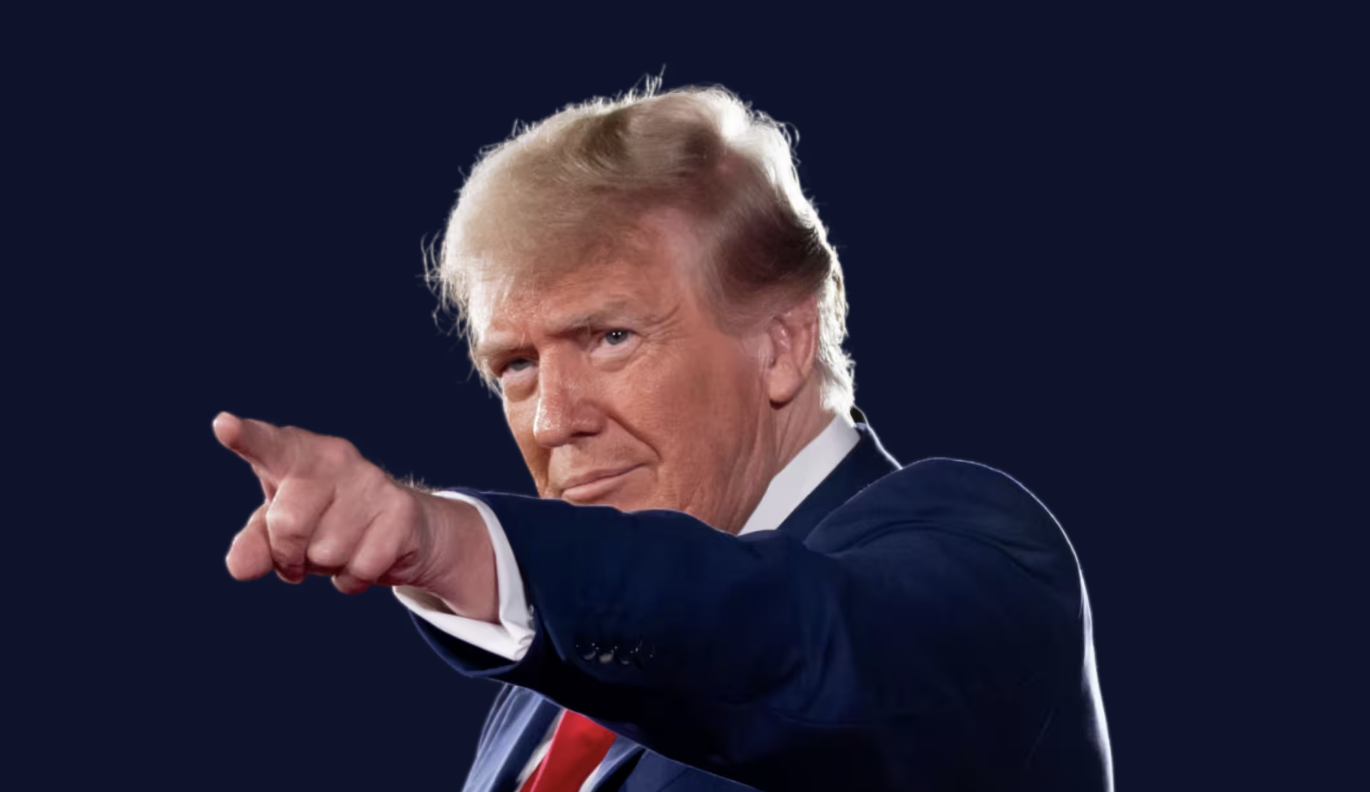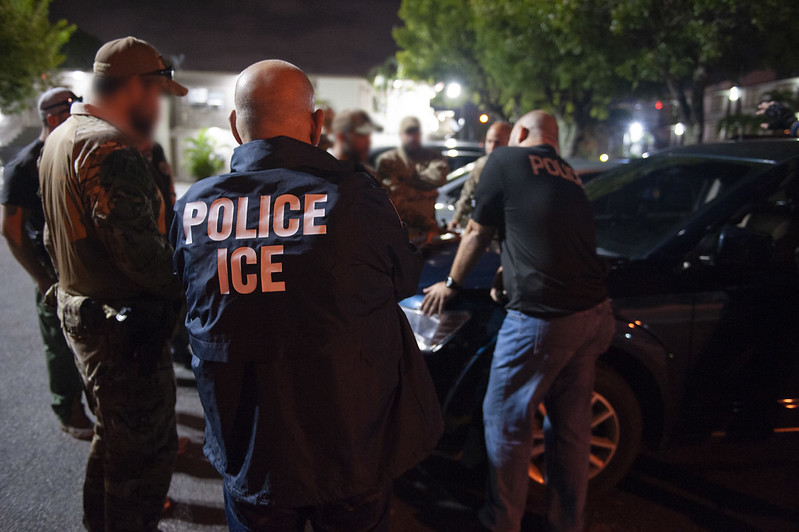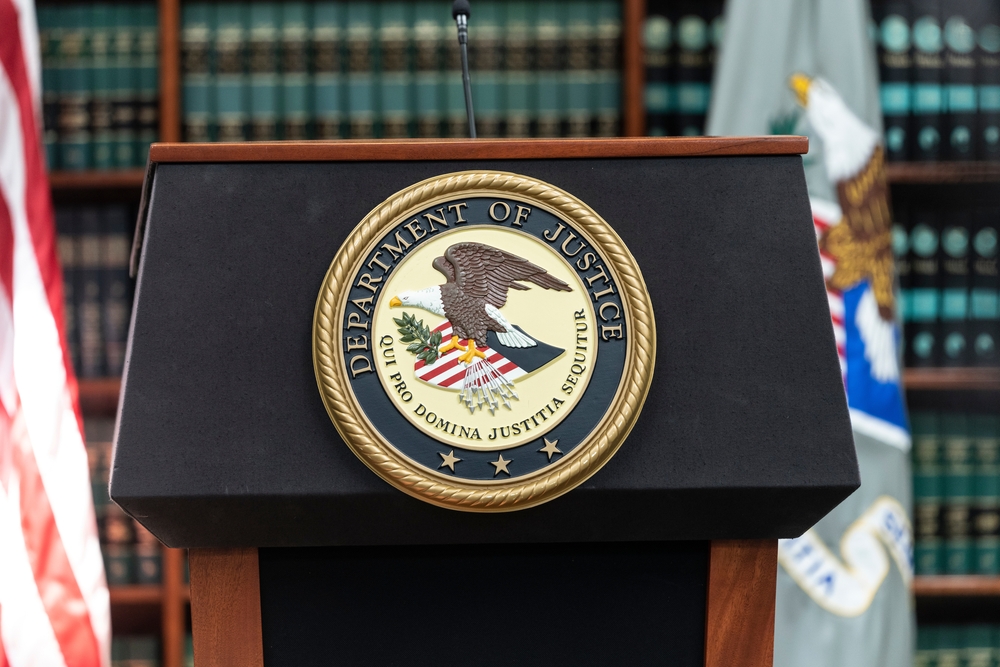By Steve Neavling
The Secret Service is undergoing major personnel changes and restructuring as the agency seeks to address significant security lapses that occurred before two assassination attempts on former President Donald Trump this summer.
Acting Director Ron Rowe announced the plans in an agency-wide email, outlining steps to improve efficiency and bolster protective operations, CNN reports.
Rowe, who could be replaced depending on the outcome of the next presidential election, stressed that his focus is on leading the agency effectively in the present moment.
“I can’t think about what’s going to happen to me,” Rowe said in a phone interview on Friday. “I am trying to be the best leader I can be for the Secret Service at this moment in time, and what I am focused on right now is making sure that I’m advocating for our people that are out there doing the mission.”
In the email reviewed by CNN, Rowe explained his intent to create a “paradigm shift that will allow us to enhance our resources” and better align operational programs with fieldwork.
“I’m trying to get programs more closely aligned with the mission, getting them out to the field so that they are directly supporting enforcement operations, major criminal investigations, and, of course, protective operations,” he said.
To support this shift, Rowe’s memo detailed the appointment of several new assistant and deputy assistant directors, filling vacancies left by recent retirements of senior leaders. Additionally, two new high-level divisions have been established to enhance communication and support decision-making across the agency.
One of the new divisions, the Aviation and Aerospace Division, will oversee the Secret Service’s drone and counter-drone capabilities. This change responds to a July incident in Butler, Penn., where a would-be assassin flew a drone in close proximity to Trump’s rally. The shooter was able to evade detection because, as detailed in congressional reports, a Secret Service operator was unable to activate the counter-drone system and was so undertrained that they had to contact tech support.
Rowe testified that, had the counter-drone system been active, agents might have detected the drone and located the gunman hours before he injured Trump with a shot to the ear.
Rowe also introduced the Operational Communications and Integration Division to enhance coordination with local law enforcement, addressing shortcomings in communication during the Pennsylvania rally. The agency’s communication breakdowns on that day, including the existence of two separate command posts and incompatible radio systems, contributed to the failure to relay critical information. Local officers had spotted the shooter several times before the attack, but their radio calls were never received by the Secret Service.
To ensure improved security measures, Rowe emphasized that Trump, like any protected figure, will receive the same level of security as a sitting president. However, he stressed that the agency must consistently deploy “all assets, all technologies and the necessary people that we need to achieve mission success out there all the time,” regardless of who is under protection.

